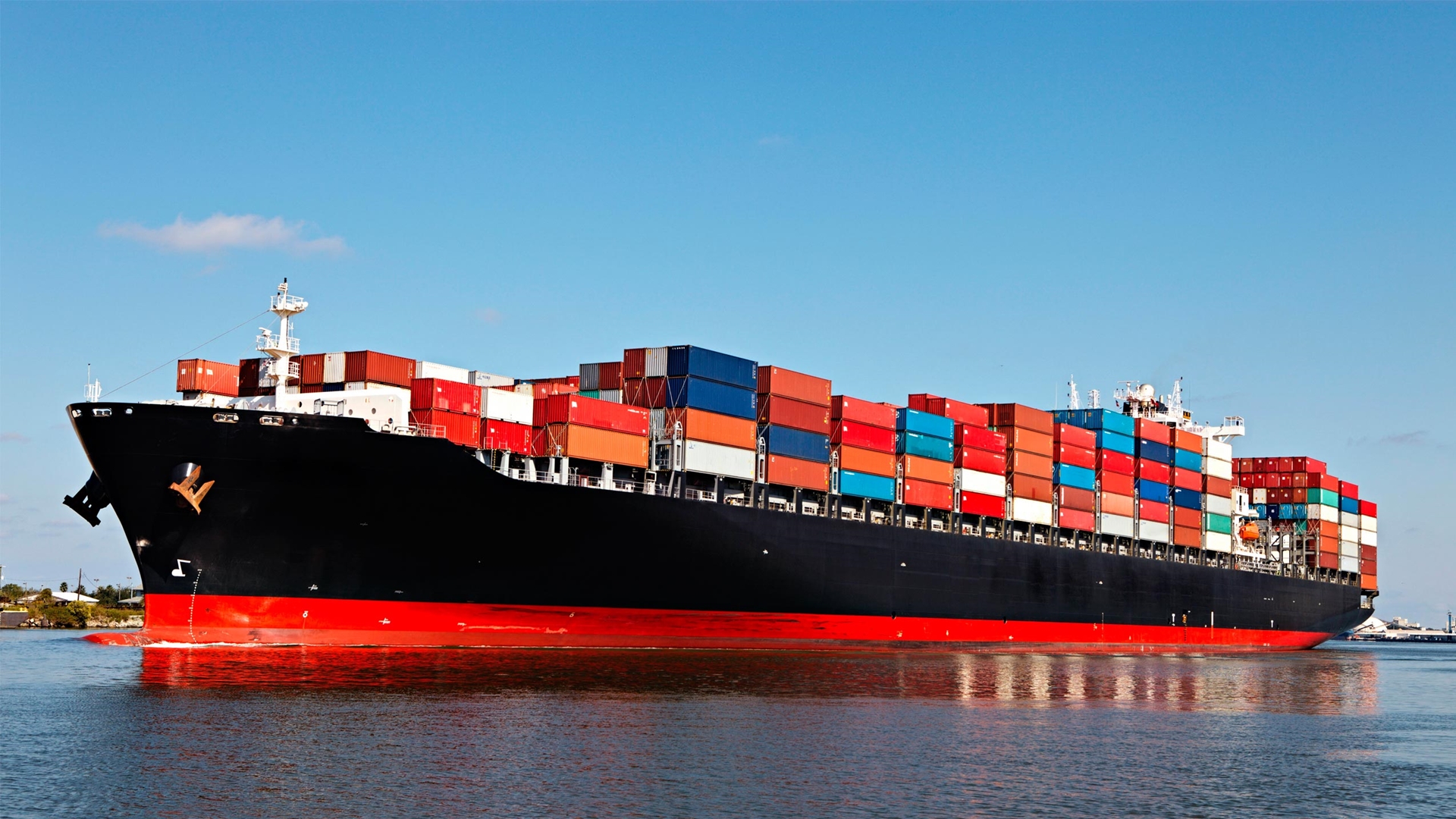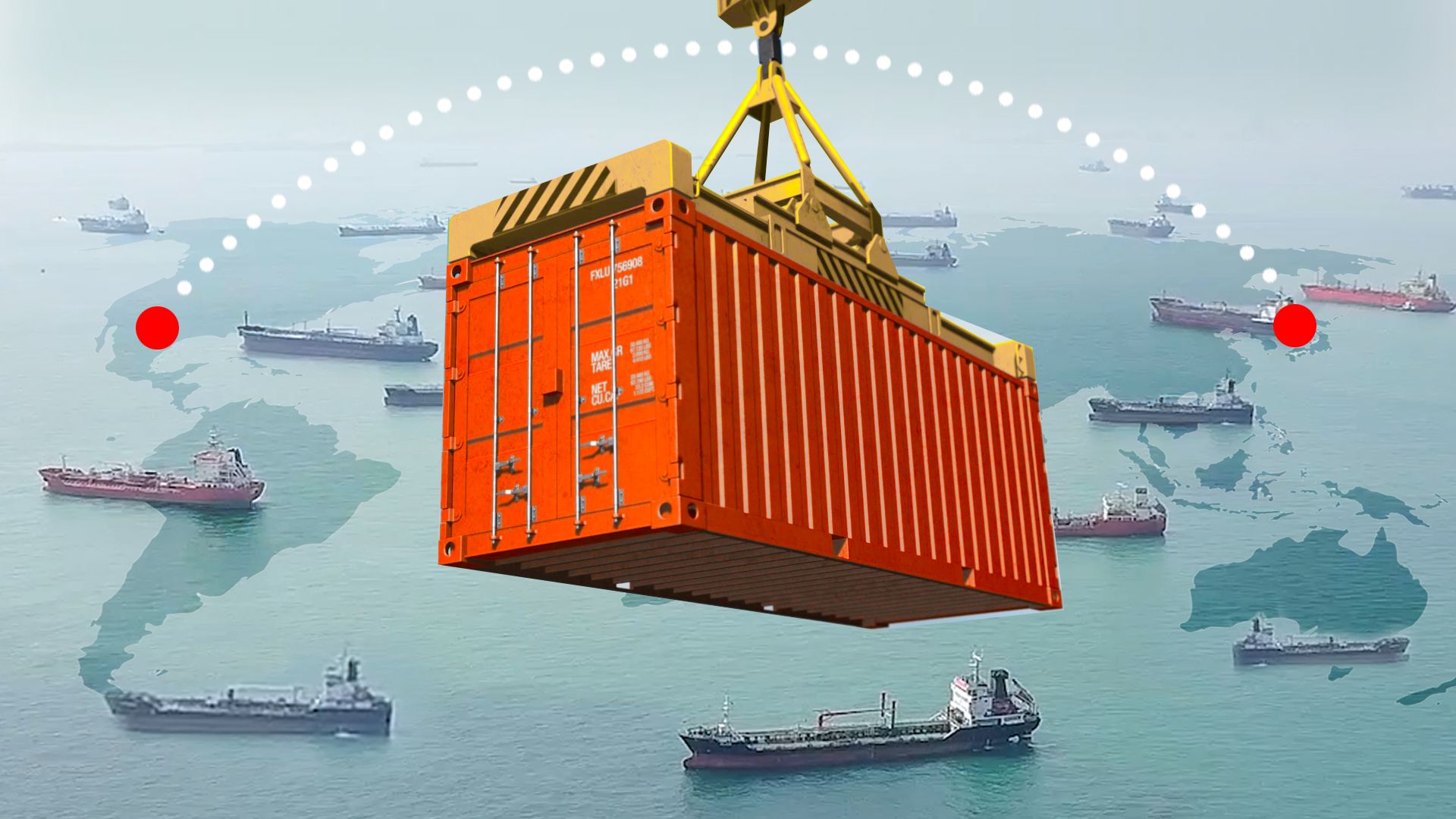Offshore boats are specifically designed for navigating the open waters, offering boaters a durable, high-performance vessel that can withstand the challenges of rough seas and long-distance travel. These boats are commonly used for activities such as deep-sea fishing, sport boating, and ocean exploration, providing a stable and reliable platform even in the most challenging conditions.
In this article, we will delve into what makes offshore boats unique, their key features, uses, and the various types available to suit different water activities. Offshore boats represent the pinnacle of boating technology and design, and understanding them can help you choose the right vessel for your maritime adventures.
What is an Offshore Boat?
An offshore boat is a vessel that is built to operate in open waters, away from the protection of harbors or coastline. These boats are designed to handle rough sea conditions, making them ideal for long-distance travel, deep-sea fishing, or racing. Offshore boats are typically larger and more robust than their inshore counterparts, with hulls engineered for stability and durability in high waves, strong currents, and unpredictable weather.
The primary goal of an offshore boat is to provide a safe and smooth ride in rough waters. To achieve this, offshore boats often feature reinforced hulls, powerful engines, and advanced navigational equipment to ensure performance and safety when venturing far from shore.
Key Features of Offshore Boats
Offshore boats are built to withstand the challenges posed by the open ocean, and as a result, they come with specific design features that differentiate them from other types of boats. Some of the key features of offshore boats include:
1. Deep-V Hull Design
One of the most distinguishing features of an offshore boat is its deep-V hull, which is designed to cut through the water more efficiently, especially in rough seas. The sharp V-shaped bottom allows the boat to slice through waves, reducing the impact of choppy water and providing a smoother ride. This hull design also helps improve the boat’s stability, making it less prone to tipping or rocking in high waves.
2. Strong, Reinforced Construction
Offshore boats are built with durability in mind. They are constructed using high-strength materials like fiberglass, composite materials, or aluminum to ensure that they can withstand the harsh conditions of the open sea. Many offshore boats also feature reinforced hulls and high-impact-resistant materials to protect the vessel from damage caused by rocks, debris, or collisions.
3. Powerful Engines
Offshore boats are typically powered by robust, high-performance engines. These engines are designed to provide enough power for long journeys, quick acceleration, and the ability to navigate through challenging waves. Many offshore boats are equipped with twin or triple engines to ensure extra power, redundancy, and the ability to reach high speeds even in difficult conditions.
4. High Fuel Capacity
Given the long distances that offshore boats often travel, they are built with large fuel tanks that can support extended trips far from shore. The increased fuel capacity allows for long days on the water without the need to refuel frequently, which is especially important for deep-sea fishing, offshore racing, or long expeditions.
5. Elevated Freeboard and Wide Beams
Offshore boats have a higher freeboard (the distance from the waterline to the deck) and wider beams (the width of the boat) to provide greater stability and buoyancy in rough water. These design features help reduce the risk of swamping or capsizing and improve the boat’s ability to handle waves and adverse weather.
6. Large Cockpit and Deck Space
Offshore boats are often equipped with spacious cockpits and decks that can accommodate multiple passengers, fishing gear, or other equipment. The additional space is important for comfort and functionality, allowing boaters to move around the vessel with ease while engaging in activities such as fishing, diving, or socializing.
7. Safety Features
Given the high-risk nature of offshore boating, these vessels are equipped with advanced safety features, such as high-quality life jackets, emergency flares, bilge pumps, GPS navigation systems, and automatic identification systems (AIS). Some offshore boats also have self-draining cockpits, which help prevent water from accumulating on board during rough conditions.
Uses of Offshore Boats
Offshore boats are incredibly versatile and can be used for a variety of activities. Some of the most common uses of offshore boats include:
1. Deep-Sea Fishing
One of the most popular uses for offshore boats is deep-sea fishing. These boats are capable of taking anglers far from the shore to reach prime fishing locations. Offshore boats are designed to carry heavy fishing gear, multiple passengers, and even specialized equipment such as fish finders, outriggers, and rod holders. The stability and durability of these boats make them ideal for spending long hours on the water in search of large game fish like marlin, tuna, and swordfish.
2. Offshore Racing
Offshore boat racing is a thrilling and competitive sport where teams race high-performance boats at high speeds over long distances. These boats are typically designed for speed and agility, with powerful engines, lightweight construction, and aerodynamics that help them perform well in races. Offshore racing boats are built to endure the extreme conditions of high-speed travel on open water.
3. Leisure Cruising and Exploration
For those who love exploring the open sea, offshore boats are perfect for long-distance cruising and ocean exploration. Whether you’re venturing to remote islands, visiting coastal cities, or enjoying a leisurely weekend on the water, offshore boats offer a safe, comfortable, and reliable means of travel.
4. Commercial and Industrial Use
Offshore boats are also used in various commercial and industrial operations, such as oil exploration, rescue missions, and shipping. These boats are equipped to handle demanding tasks in harsh conditions, making them a crucial asset in industries that operate in the open ocean.
5. Scuba Diving and Water Sports
Offshore boats are often used as support vessels for scuba diving, snorkeling, and water sports. They can transport divers and their equipment to remote dive sites and provide a stable platform for activities like water skiing or wakeboarding. Many offshore boats come equipped with dive ladders, storage areas for scuba gear, and platforms for easy entry and exit from the water.
Types of Offshore Boats
Offshore boats come in a variety of designs, each suited to different types of boating experiences. Some of the most common types of offshore boats include:
1. Center Console Boats
Center console boats are among the most popular offshore boat designs. These boats feature a central console with controls in the middle of the boat, surrounded by open deck space. This design allows for easy movement around the boat and provides excellent visibility, making them ideal for fishing, cruising, and water sports.
2. Cuddy Cabin Boats
Cuddy cabin boats combine the open-deck design of center consoles with a small cabin area for shelter and storage. These boats are often used for both leisure cruising and fishing, offering comfort for passengers while still maintaining offshore capabilities.
3. Walkaround Boats
Walkaround boats have a full cabin and are designed with wide walkways around the boat’s perimeter. This makes them ideal for fishing and other offshore activities, as they provide both space and accessibility.
4. Catamaran Offshore Boats
Catamaran offshore boats have two hulls and are known for their incredible stability and ability to handle rough seas. These boats are often used for long-distance cruising and can offer more deck space and comfort compared to traditional monohull designs.
5. Sports Fishing Boats
Sports fishing boats are specialized offshore vessels designed with features specifically for anglers. These boats come equipped with large bait wells, fish storage, outriggers, and high-tech fish-finding equipment. Sports fishing boats can range from small, fast vessels to larger, more luxurious models.
Benefits of Offshore Boats
Offshore boats offer a range of benefits that make them an ideal choice for a variety of water-based activities:
- Stability and Durability: Offshore boats are built to endure the roughest seas, making them a safe and reliable choice for those heading into the open ocean.
- Versatility: From fishing to racing to leisure cruising, offshore boats are capable of handling many different activities.
- Performance: The high-powered engines and design features of offshore boats allow them to maintain speed, stability, and power in even the most challenging conditions.
- Comfort: Many offshore boats are equipped with amenities such as comfortable seating, cabins, and advanced navigational systems, providing a pleasant experience for passengers.
Conclusion: Explore the Open Water with Offshore Boats
Offshore boats are the ultimate vessels for those looking to explore the open sea, engage in high-performance boating, or participate in activities like deep-sea fishing or offshore racing. With their robust construction, powerful engines, and advanced design features, offshore boats provide a safe, reliable, and enjoyable means of venturing far from the shore. Whether you’re a recreational boater or a professional fisherman, an offshore boat offers the performance and durability needed to make the most of your time on the water.





